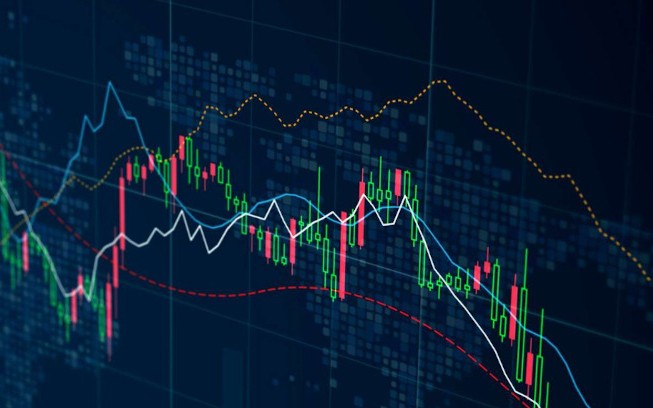
Trading gold on Forex is a lucrative venture that attracts both novice and experienced traders. As a tangible asset with intrinsic value, gold often serves as a safe haven during market volatility. In this article, we will explore various strategies, tips, and insights for successfully trading gold on the Forex market. For those looking to enhance their trading experience, consider checking out trading gold forex Platform Forex for advanced tools and resources.
The Importance of Gold Trading in Forex Markets
Gold has been a significant part of human history, often seen as a symbol of wealth and stability. In the Forex market, gold is typically traded as a fiat currency pair (XAU/USD), where XAU represents one troy ounce of gold, and USD is the U.S. dollar. The price of gold fluctuates based on global economic conditions, geopolitical events, and market sentiment.
Understanding the Fundamentals of Gold Trading
Before diving into trading strategies, it is crucial to understand the fundamental factors affecting gold prices. Key determinants include:
- Interest Rates: Lower interest rates usually boost gold prices as they reduce the opportunity cost of holding non-yielding assets.
- Inflation: Gold is often viewed as a hedge against inflation. As inflation rises, investors flock to gold, driving prices up.
- Geopolitical Stability: During times of uncertainty, such as wars or economic crises, gold prices typically surge as it is considered a safe asset.
- Currency Strength: The strength of the U.S. dollar has an inverse relationship with gold prices. A weaker dollar usually results in higher gold prices.
Technical Analysis for Gold Trading
Technical analysis involves studying price charts and using various indicators to make informed trading decisions. Here are some commonly used techniques when trading gold:
1. Trend Analysis
Identifying the current trend is crucial. You can use tools like moving averages to determine whether gold is in an uptrend, downtrend, or ranging market. A simple moving average (SMA) can provide insights into the overall trend direction.
2. Support and Resistance Levels
Chart patterns often reveal key support and resistance levels. Support levels indicate where prices tend to find buying interest, while resistance levels indicate where selling interest emerges. These levels can be used to set targets and stop-loss orders effectively.
3. Candlestick Patterns
Candlestick patterns are pivotal for recognizing market sentiment. Patterns like engulfing, doji, and hammer can provide clues about potential reversals or continuations in the price movement of gold.
4. Technical Indicators
Various indicators can assist in making trading decisions. For instance, the Relative Strength Index (RSI) can indicate overbought or oversold conditions, helping traders identify potential reversals. MACD (Moving Average Convergence Divergence) is another powerful tool for spotting changes in momentum.
Developing a Gold Trading Strategy

Creating a robust trading strategy is essential for consistent profitability. Here are key steps to consider:
1. Define Your Trading Style
Determine whether you’re a day trader, swing trader, or long-term investor. Each style has its own set of rules and requirements, so be sure to align your strategy accordingly.
2. Set Entry and Exit Points
Based on your technical analysis, set clear entry and exit points for your trades. This could involve placing buy limits below support or selling at resistance levels. Always stick to your plan.
3. Risk Management
Effective risk management is crucial. Only risk a small percentage of your trading capital on any single trade. Use stop-loss orders to mitigate potential losses and ensure you don’t endanger your trading account.
4. Continuous Learning
The Forex market is ever-evolving; therefore, continuous learning is vital. Keep up with global economic news and market trends to adjust your strategies accordingly.
Trading Sessions and Gold Prices
The Forex market operates 24 hours a day, five days a week. Gold trading thrives during specific sessions, which can influence its price. The three main trading sessions are:
1. Asian Session
Asian markets can influence gold prices through demand from countries like China and Japan. Watch for economic data releases that may affect trading during this time.
2. European Session
The European session often sees increased volatility due to higher trading volumes. Key economic indicators from the Eurozone can affect gold prices significantly.
3. North American Session
The North American session, particularly during overlapping hours with European trading, sees the most action. Pay attention to U.S. economic reports and Federal Reserve announcements as they can impact gold prices heavily.
Conclusion
Trading gold on Forex can be a rewarding experience provided you have a solid understanding of the market dynamics, effective trading strategies, and sound risk management practices. By staying informed about fundamental and technical factors that influence gold prices, you can make more accurate trading decisions. Remember, practice and patience are essential components of successful trading.
